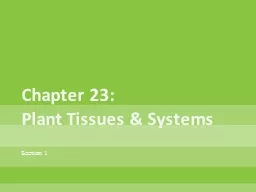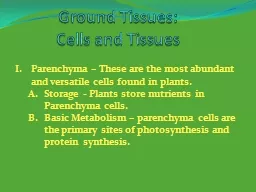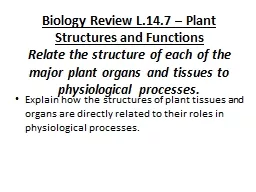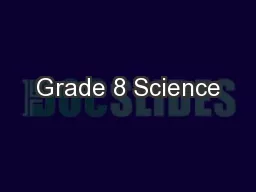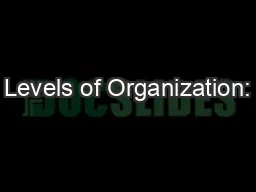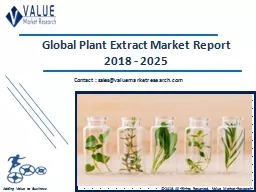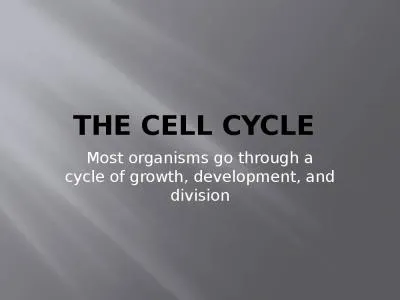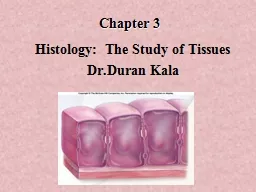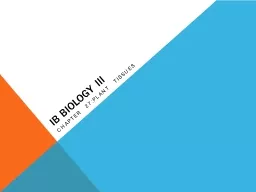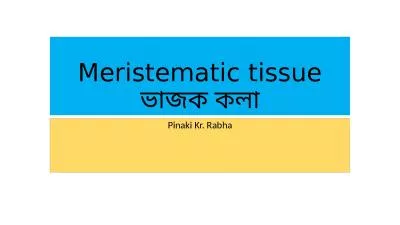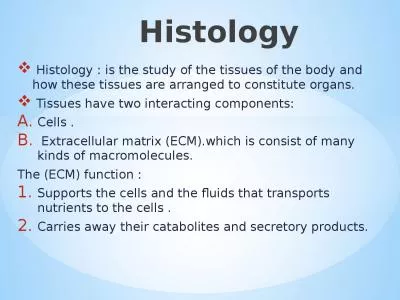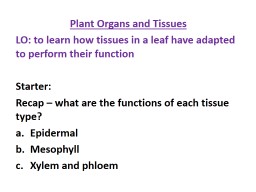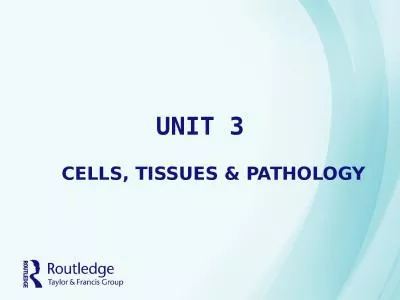PPT-Chapter 23: Plant Tissues & Systems
Author : lois-ondreau | Published Date : 2018-10-27
Section 1 Specialized Plant Cells Remember plant cells have unique structures Cell wall Central vacuole 3 types of specialized plant cells Parenchyma Collenchyma
Presentation Embed Code
Download Presentation
Download Presentation The PPT/PDF document "Chapter 23: Plant Tissues & Systems" is the property of its rightful owner. Permission is granted to download and print the materials on this website for personal, non-commercial use only, and to display it on your personal computer provided you do not modify the materials and that you retain all copyright notices contained in the materials. By downloading content from our website, you accept the terms of this agreement.
Chapter 23: Plant Tissues & Systems: Transcript
Download Rules Of Document
"Chapter 23: Plant Tissues & Systems"The content belongs to its owner. You may download and print it for personal use, without modification, and keep all copyright notices. By downloading, you agree to these terms.
Related Documents

